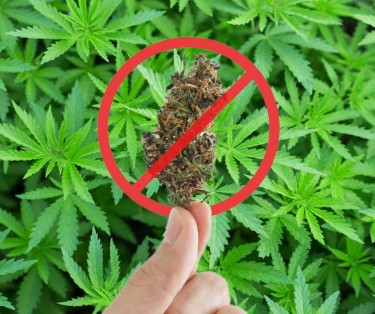
Youth Cannabis Consumption continues to drop despite more legalization
When I was a teenager in the late 90s and early 2000s, you couldn't escape the anti-drug messaging. It was everywhere - plastered across school hallways, embedded in our favorite cartoons, and drilled into our consciousness through endless PSAs. This was perhaps the height of the Drug War, where "Just Say No" wasn't just a slogan, it was practically a religion.
I distinctly remember the dire warnings from authority figures about what would happen if we even thought about legalizing cannabis. "It would send the wrong message to the children!" they'd cry, clutching their D.A.R.E. pamphlets like precious pearls. The "What about the children?" argument became the prohibitionists' favorite weapon, wielded with righteous fury against any suggestion of drug policy reform.
Fast forward to 2024, and we're living in a vastly different landscape. Cannabis is legal in numerous states, available in sleek dispensaries rather than sketchy back alleys. And guess what? Those apocalyptic predictions about youth consumption skyrocketing? They didn't just miss the mark - they got it completely backwards.
Recent research has revealed something fascinating: over the past decade, as more states have legalized cannabis, youth consumption has actually dropped significantly. That's right - while adult use has reached historic highs (pun intended), fewer teenagers are experimenting with cannabis than during the height of prohibition.
Today, we're going to dive deep into these findings and explore the possible reasons behind this counterintuitive trend. What changed? Why are kids today less interested in cannabis despite - or perhaps because of - its increasing legitimacy? The answers might surprise you, and they certainly offer some valuable lessons about drug policy, youth behavior, and the importance of honest, evidence-based approaches to public health.
Let's unpack what the research tells us about youth cannabis consumption in the age of legalization, and why sometimes, the best way to protect our kids isn't through fear and prohibition, but through regulation and honest dialogue.
The latest findings
A groundbreaking study published this month in Pediatric Reports has shattered the prohibitionist narrative about legalization and youth cannabis use. Drawing from the Centers for Disease Control and Prevention's Youth Risk Behavior Survey, which polls high school students from grades 9-12, researchers uncovered a remarkable trend: cannabis use among teenagers has plummeted since 2011, even as more states embraced legalization.
The numbers tell a compelling story. In 2011, nearly 40% of adolescents reported having tried cannabis at least once. By 2021, that number had dropped to just 27.8%. Even more striking, regular use (defined as consumption within the past month) fell from 23.1% to 15.8% during the same period. Perhaps most encouragingly, early experimentation - trying cannabis before age 13 - dropped from 8.1% to 4.9%.
"The significant decreases observed in both the 'ever used marijuana' and 'currently use marijuana' categories highlight a promising reduction in adolescent marijuana use, with usage dropping to approximately 70% of the levels recorded in 2011," the researchers noted.
This isn't an isolated finding. A separate JAMA study published in April 2024 found no evidence that state-level legalization led to increased youth consumption. Washington State, one of the first to legalize recreational use, offers a particularly interesting case study. Their student surveys show that not only has youth cannabis use declined since legalization in 2012, but teenagers actually report that cannabis is harder to access now than during prohibition.
Similar trends have emerged north of the border. Canadian researchers found that high-school students reported more difficulty accessing cannabis after nationwide legalization in 2019, with current use rates dropping from 12.7% to 7.5% as retail sales expanded across the country.
Even federal officials have been forced to acknowledge these unexpected results. Marsha Lopez, chief of the National Institute on Drug Abuse's epidemiological research branch, recently stated, "There have been no substantial increases at all. In fact, they have not reported an increase in perceived availability either, which is kind of interesting."
Massachusetts provides another compelling example. A study of high school students there found that youth were no more likely to use cannabis after legalization, though they were more likely to perceive their parents as cannabis consumers - an interesting detail we'll explore further when we examine the potential reasons behind these trends.
The evidence continues to mount. A NIDA-funded study published in the American Journal of Preventive Medicine found that "youth who spent more of their adolescence under legalization were no more or less likely to have used cannabis at age 15 years than adolescents who spent little or no time under legalization."
All this comes at a time when adult cannabis use has reached "historic highs," according to federal data. This stark contrast between rising adult use and declining youth consumption raises fascinating questions about how legalization might actually be helping to decrease teenage interest in cannabis - questions we'll explore in detail in the next section.
Why the Kids are consuming less cannabis...
As the data clearly shows, youth cannabis consumption is dropping significantly. But why? The answer lies in a perfect storm of social, economic, and cultural factors that have fundamentally altered how teenagers perceive and access cannabis.
Let's start with the most obvious factor: regulated access. In legal markets, dispensaries have a powerful incentive to card their customers - their licenses and livelihoods depend on it. Unlike the street dealer who operates with impunity and gladly accepts cash from anyone willing to pay, legitimate cannabis businesses face severe consequences for selling to minors. Now, I have nothing against the small-time grower selling their homegrown stash to other consenting adults, but when we're talking about organized crime networks controlling the black market, the dynamics become far more problematic.
But access is just part of the story. Perhaps more significant is the radical shift in how we educate young people about cannabis. Gone are the days of hyperbolic "scared straight" tactics that characterized my youth in the late 90s. Today's drug education tends to focus on facts rather than fear, helping teenagers make informed decisions. This more honest approach, coupled with the "adult use" framing of legal cannabis, has effectively repositioned marijuana as something for grown-ups - like alcohol or tobacco.
Here's where it gets really interesting: when I was a teenager, smoking weed was the ultimate act of rebellion. Nothing said "stick it to the man" quite like sparking up a joint. But in 2024, "the man" literally dispenses weed through corporate channels. For today's contrarian teens, being "counter-culture" might actually mean being "counter-pot," especially when it comes to big corporate cannabis. When something's legal and commercialized, it loses that forbidden fruit appeal that made it so attractive to previous generations.
The role of technology can't be overlooked either. Today's teenagers have unprecedented access to entertainment and social connection through their devices. While my generation might have gathered in someone's basement to smoke weed and listen to music, modern teens can immerse themselves in vast online worlds, connect with friends through social media, or lose themselves in endless streams of content - all without leaving their rooms.
Back in my day, the internet was just finding its footing. Sure, we had instant messaging and early social media, but it wasn't the all-encompassing digital ecosystem that exists today. With fewer entertainment options, smoking weed with friends was often the default adventure. We'd get high and create our own fun, usually resulting in the kind of mischief that makes for great stories but questionable life choices.
The decline in youth cannabis use seems to stem from this perfect convergence of factors: better prevention education, regulated access that actually works, the loss of rebellious appeal, and the existence of countless alternative activities. One thing is crystal clear - legalization hasn't increased youth consumption as prohibitionists predicted. If anything, it's helped create an environment where fewer kids feel compelled to experiment with cannabis during their formative years.
SOURCE:
https://www.marijuanamoment.net/teen-marijuana-use-dropped-in-u-s-as-states
-enacted-legalization-new-study-using-federal-data-shows/
TEEN MARIJUANA DROPS WITH LEGALIZATION? READ ON...
TEEN MARIJUANA USE DROPS IN LEGAL STATES, HUH??

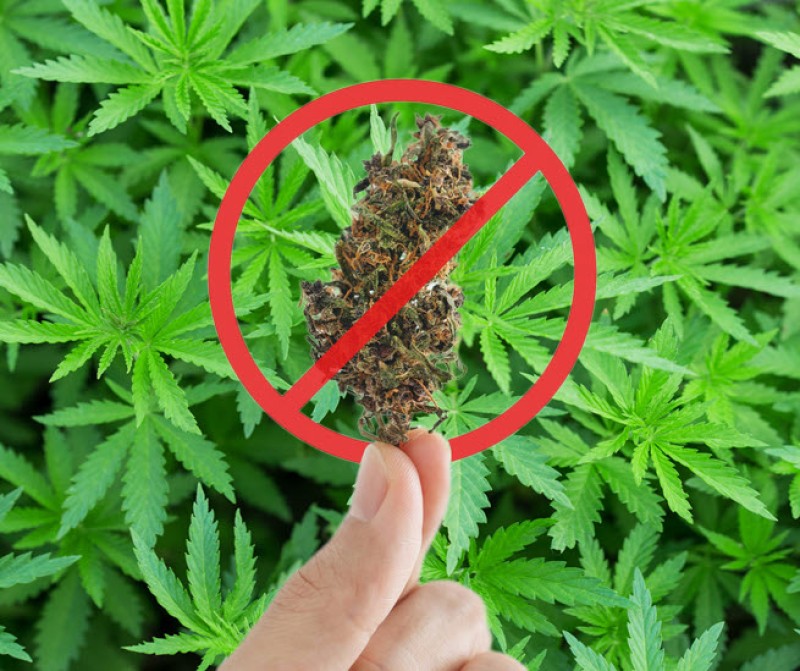
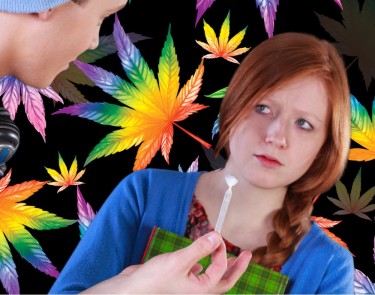


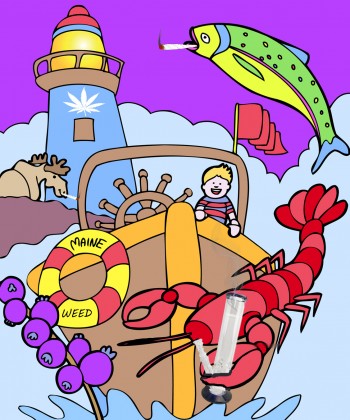
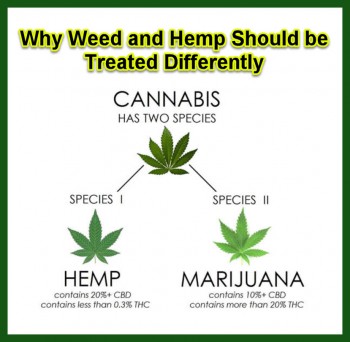
.png?width=350)